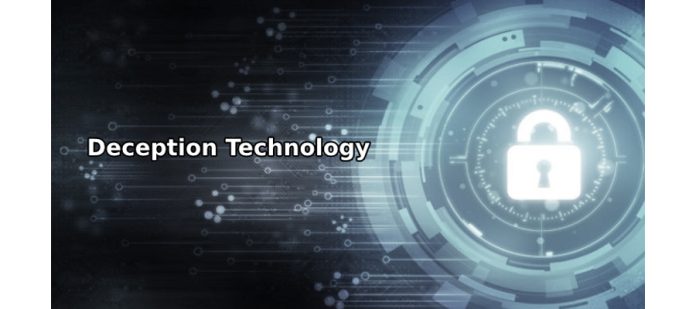The market for deception technology is expected to surge to US$ 2 billion in value by 2023. It is anticipated to increase to US$ 6.7 billion by 2033, representing a CAGR of 12.6% from 2023 to 2033. The market might offer a US$ 4.7 billion absolute dollar potential during the same time frame.
Security tactics have had to change due to the constantly evolving nature of cyber threats. Antivirus software and firewalls, once sufficient for protection, are no longer effective against modern, sophisticated threats.
Deception technology provides a proactive security mechanism by setting up a network of deceptive traps and decoys that detect and divert intruders. This novel strategy is expected to add an extra degree of protection for enterprises. As a result, it would be a desirable approach to counter new cyber threats.
The ability of an organization to identify and react is improved by deception technology. Organizations can divert attackers away from vital assets by using realistic decoys. Additionally, they can learn crucial information about their strategies, methods, and objectives.
Complying with Data Protection and Security Laws using Deception Technology
Early detection enables quick response and correction, reducing the potential harm cyberattack brings. The ability to proactively identify risks and take appropriate action is a key factor driving demand for deception technologies.
Organizations might also be in danger from insider threats. Hence, it is essential to put precautions to lessen this risk. Deception technology can be important in combating insider threats by constructing decoys and traps that are only visible to insiders.
The strategy enables businesses to spot dishonest insiders or compromised accounts and take the necessary countermeasures. Deception technology will offer enterprises improved security and peace of mind by giving them a proactive way to identify and stop internal threats.
Demand for deception technologies would also be significantly influenced by compliance and regulatory needs. Strict data protection and security laws apply to several sectors, including healthcare, finance, and government.
Deception technology offers an advanced security solution that goes beyond fundamental compliance measures, assisting enterprises in meeting these criteria. Organizations might be sure to adhere to legal requirements and avoid penalties by exhibiting proactive security measures.
Corporations might also find deception technology to be a cost-effective security measure. Without making substantial investments in extra hardware, businesses can increase security by strategically installing decoys and traps. This makes the cost of developing deception technologies a viable investment.
Due to the sensitivity or importance of their intellectual property, certain sectors, such as defense, critical infrastructure, and high-tech manufacturing, have specific security requirements. Deception technology provides specialized answers to handle these particular challenges. Hence, it might offer specialized decoys and traps corresponding to threats and attack vectors unique to a given sector.
Key Takeaways from Deception Technology Market Scope:
- China’s deception technology industry is projected to witness a CAGR of 5% from 2023 to 2033.
- The United States deception technology industry witnessed a CAGR of 1% in the historical period.
- The United Kingdom’s deception technology industry is anticipated to surpass a valuation of US$ 264 million by 2033.
- By offering, the solution segment displayed a CAGR of 0% in the historical period.
- By deception stack, the network security segment is predicted to witness a 2% CAGR from 2023 to 2033.
Competitive Landscape:
The deception technology market’s competitive environment is dynamic and ever changing. There are a variety of established businesses, new start-ups, and providers of specialized solutions in the market.
Several well-known businesses have emerged as market leaders in the field of deception technology. These businesses have a significant market presence, a sizable customer base, and a broad portfolio of deception technologies.
They frequently have a history of effective deployments and collaborations with other cybersecurity firms. To remain ahead of new threats and continuously enhance their products, market leaders often make significant investments in research & development.
The deception technology sector is heavily reliant on collaboration and strategic alliances. To increase their reach, businesses frequently form agreements with other cybersecurity vendors, managed security service providers, or system integrators.
They also want to increase the number of clients they serve and provide all-inclusive services. Through the harnessing of synergies and the pooling of capabilities, partnerships can increase market competitiveness.
Recent Development in Deception Technology Industry
The Cybersecurity & Infrastructure Security Agency (CISA), a Department of Homeland Security division, announced in April 2022 that its FedRamp Ready ShadowPlex platform had been included. Acalvio Technologies is a pioneer in the field of cyber deception. The business would be able to use and acquire cutting-edge deception technology with the addition of this platform. Additionally, the platform would aid them in thwarting sophisticated foes.


